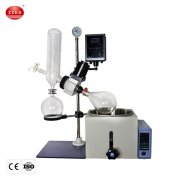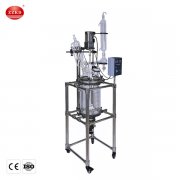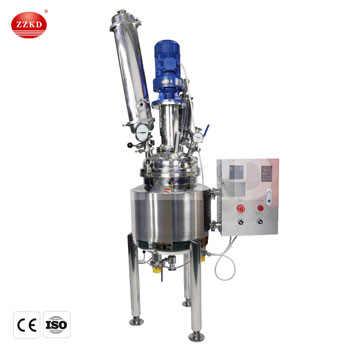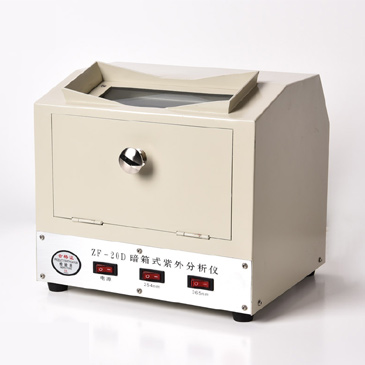The rotovap machine, also known as a rotary evaporator, is an indispensable tool in laboratories across various fields, from chemistry to pharmaceuticals and even culinary arts. Its primary function is to efficiently and gently remove solvents from samples through the process of evaporation. But does a rotovap recover the solvent? This is a common question among those new to using this sophisticated piece of equipment. The short answer is: Yes, it does. However, to fully understand how this occurs and why it is so effective, it is crucial to explore the underlying principles and operation of a rotovap machine.
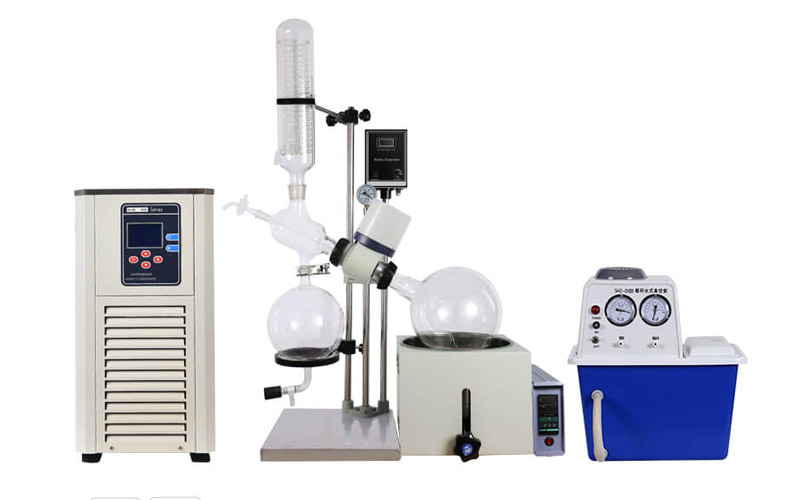
The Science Behind Rotovap Operation
To appreciate how a rotovap recovers solvents, it is essential to first understand its basic operation. The machine works on the principle of vacuum distillation. In a typical setup, a sample containing a solvent is placed in a rotating flask. The rotation increases the surface area of the liquid, allowing for more efficient evaporation. The flask is heated, usually by a water or oil bath, which helps to gently evaporate the solvent.
But where does the solvent go? As the solvent evaporates, it is drawn away from the sample by the vacuum created within the system. This vacuum reduces the pressure inside the flask, which lowers the boiling point of the solvent, allowing it to evaporate at much lower temperatures than normal. This is particularly advantageous when working with heat-sensitive materials.
Once the solvent has evaporated, it passes through a condenser, which cools the vapor back into liquid form. The condensed solvent then drips into a separate collection flask, effectively recovering it for reuse or disposal. This closed-loop system is what allows the rotovap to recover the solvent so efficiently.
Why is Solvent Recovery Important?
Solvent recovery is not just a technical detail; it is a critical aspect of laboratory work for several reasons. Firstly, many solvents used in laboratories are expensive, so recovering and reusing them can lead to significant cost savings. Additionally, proper solvent recovery minimizes waste, contributing to more sustainable laboratory practices. Some solvents are hazardous, and improper disposal can have serious environmental and health consequences. By recovering solvents, a rotovap helps to mitigate these risks.
But is solvent recovery always necessary? While there may be scenarios where it isn’t critical, in most laboratory settings, the answer is yes. Whether for cost efficiency, environmental protection, or safety reasons, recovering solvents is generally considered best practice.
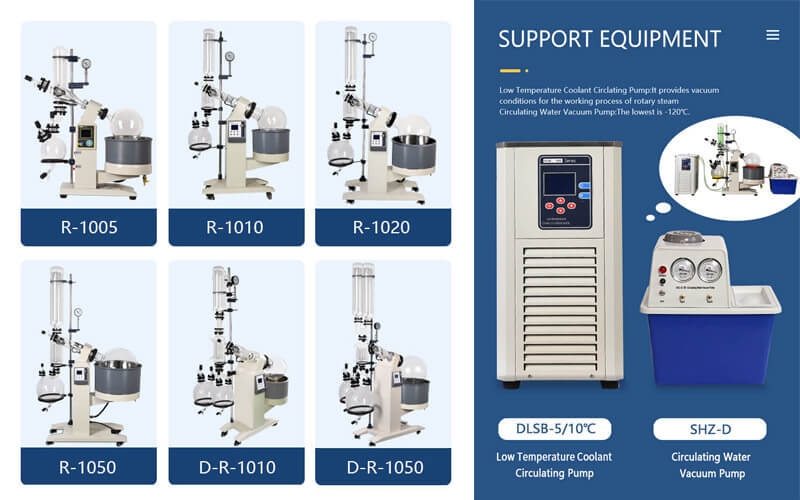
Key Components of a Rotovap Machine
To better understand how a rotovap achieves solvent recovery, it is useful to look at its key components:
-
Rotary Flask: The flask where the sample is placed. Its rotation increases the surface area of the liquid, enhancing evaporation efficiency.
-
Heating Bath: Typically filled with water or oil, this bath gently heats the rotary flask, causing the solvent to evaporate.
-
Vacuum Pump: This creates a vacuum in the system, reducing the pressure and thus the boiling point of the solvent.
-
Condenser: The evaporated solvent passes through the condenser, where it is cooled back into liquid form. The condenser is often cooled with circulating water or another coolant.
-
Collection Flask: The condensed solvent collects here after passing through the condenser, completing the recovery process.
These components work in harmony to ensure that the solvent is not only evaporated but also efficiently recovered, ready for reuse or safe disposal.
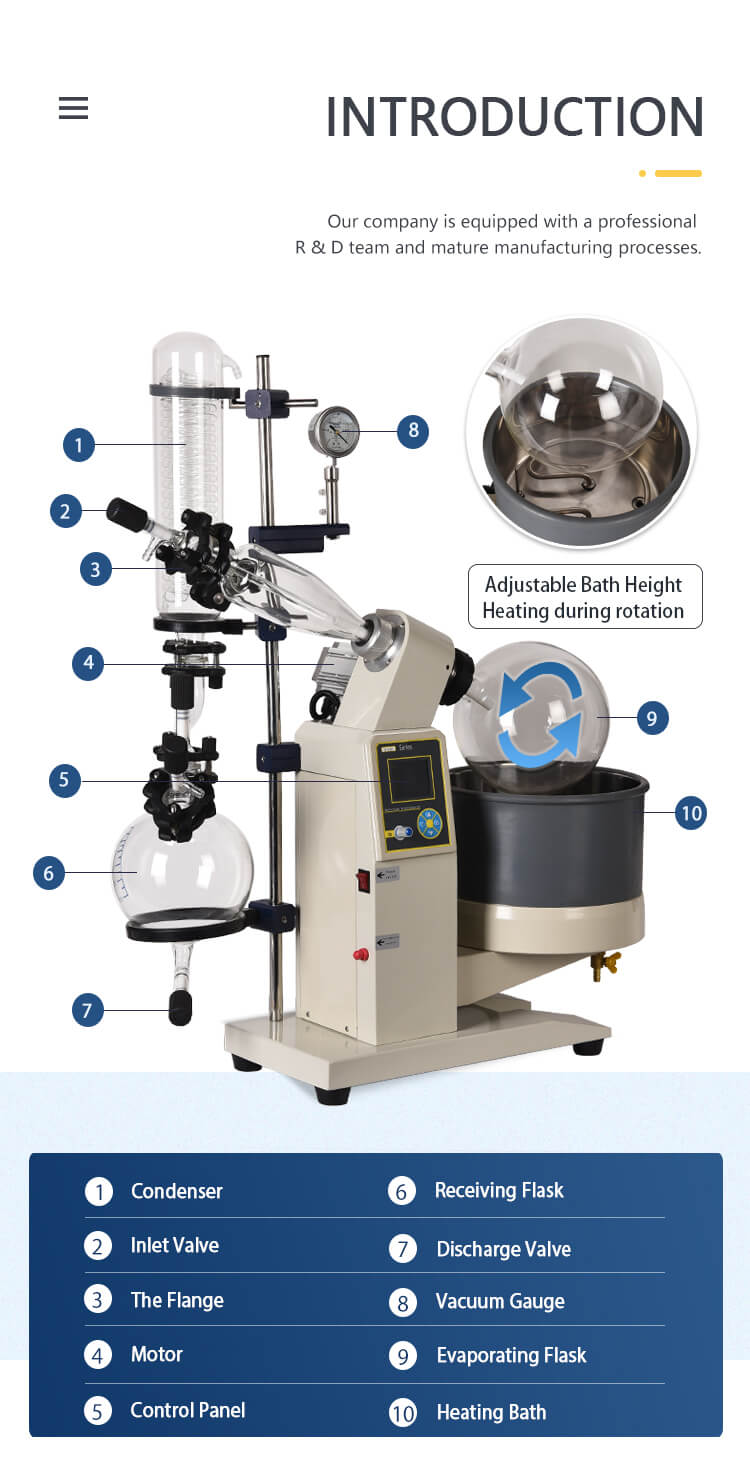
The Role of Temperature and Pressure in Solvent Recovery
Temperature and pressure are two critical factors that influence the efficiency of solvent recovery in a rotovap machine. The vacuum pump reduces the pressure inside the rotary flask, which in turn lowers the boiling point of the solvent. This allows the solvent to evaporate at a lower temperature, which is particularly important when dealing with temperature-sensitive compounds.
But how does one determine the optimal temperature and pressure settings? The choice of temperature and pressure largely depends on the solvent being used. For example, ethanol has a boiling point of 78.37°C at standard atmospheric pressure, but in a rotovap under reduced pressure, it can evaporate at temperatures as low as 30°C. The key is to find a balance that maximizes evaporation efficiency while minimizing the risk of degrading the sample.
It is also important to ensure that the condenser is operating at an appropriate temperature. If the condenser is too warm, the solvent vapor may not condense properly, leading to inefficient recovery. On the other hand, if the condenser is too cold, it may cause the solvent to freeze, which can block the system.
Practical Applications of Solvent Recovery
The ability of a rotovap machine to recover solvents has numerous practical applications across various industries:
-
Pharmaceuticals: In drug development, solvents are often used to extract and purify active ingredients. Recovering these solvents is crucial for cost management and regulatory compliance.
-
Chemistry: In chemical synthesis, a rotovap is frequently used to remove solvents after a reaction. The recovered solvent can often be reused in subsequent reactions, improving the efficiency of the process.
-
Food and Beverage: In the culinary arts, especially in molecular gastronomy, a rotovap can be used to concentrate flavors by removing water or other solvents from food extracts. The recovered solvent can sometimes be reused to create new flavor profiles.
-
Cannabis Industry: Solvent recovery is especially important in the extraction of cannabinoids, where solvents like ethanol or butane are used. Efficient recovery ensures that the final product is free from harmful residual solvents.

Challenges in Solvent Recovery
While solvent recovery with a rotovap machine is generally efficient, it is not without its challenges. For instance, not all solvents are easy to recover. Some may have very low boiling points, making them difficult to condense effectively. Others may form azeotropes with water, complicating the separation process.
What happens if solvent recovery is incomplete? Incomplete recovery can lead to significant solvent loss, which is not only costly but also increases the environmental impact of laboratory operations. Moreover, any residual solvent in the sample can interfere with subsequent analyses or reactions, leading to inaccurate results.
To address these challenges, it is important to regularly maintain and calibrate the rotovap machine. Ensuring that the vacuum pump is functioning properly, the condenser is adequately cooled, and the rotary flask is clean and free of contaminants are all steps that can help maximize solvent recovery efficiency.
The Future of Solvent Recovery with Rotovap Machines
As technology advances, so too does the efficiency and versatility of rotovap machines. Modern models come equipped with features such as digital controls, automated processes, and enhanced safety mechanisms, all of which contribute to more efficient solvent recovery.
Could future innovations make solvent recovery even more efficient? It is likely. Advances in materials science could lead to the development of better condenser materials that improve cooling efficiency. Similarly, improvements in vacuum pump technology could enable even lower pressure settings, further reducing the boiling points of solvents and enhancing recovery rates.
Moreover, as the push for sustainability grows stronger, the demand for efficient solvent recovery solutions is likely to increase. Rotovap manufacturers are likely to respond by developing machines that are not only more efficient but also more environmentally friendly, perhaps by integrating renewable energy sources or using more sustainable materials in their construction.
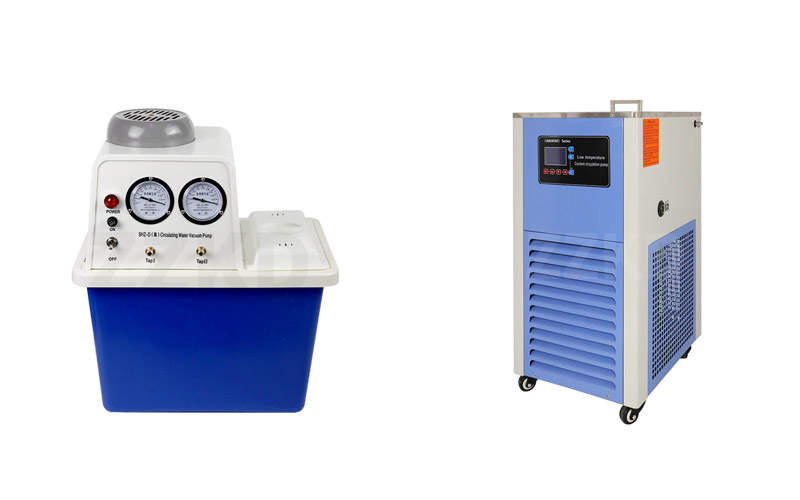
Conclusion
In summary, the rotovap machine is not only capable of evaporating solvents but also excels at recovering them. This ability is crucial for reducing costs, minimizing waste, and ensuring the safety and sustainability of laboratory operations. By understanding the science behind rotovap operation and the importance of temperature and pressure in solvent recovery, users can maximize the efficiency of their processes.
So, does a rotovap recover the solvent? The answer is a resounding yes. Whether you are working in pharmaceuticals, chemistry, or even the culinary arts, a rotovap is an invaluable tool that can help you recover and reuse solvents effectively. As technology continues to evolve, we can expect even greater advancements in solvent recovery, making rotovaps an even more essential piece of equipment in laboratories worldwide.

 Products
Products





